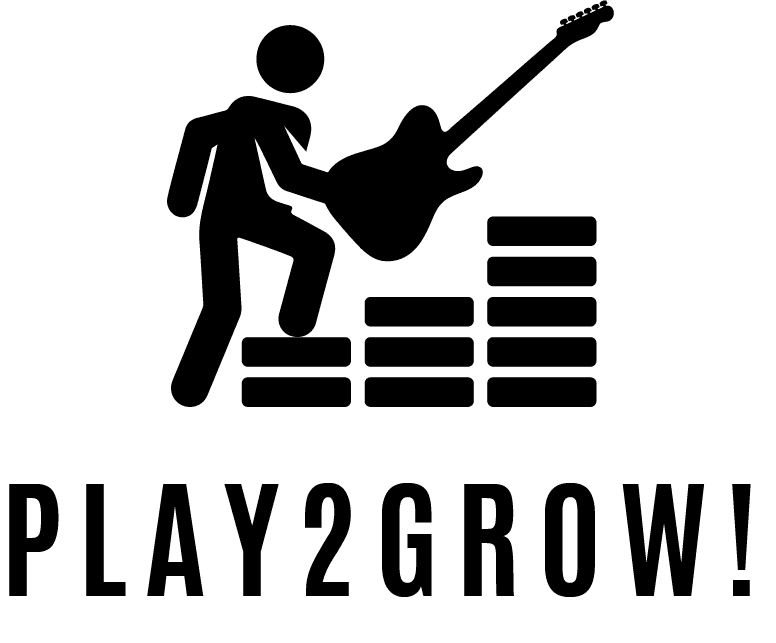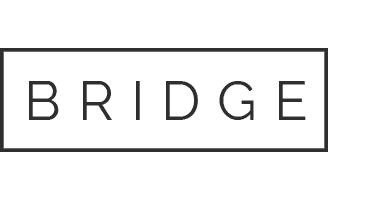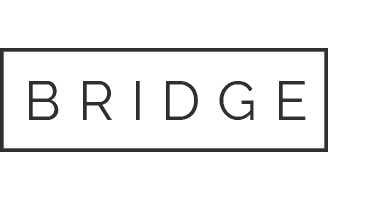Before you start, Intro Training Module
Guidelines to understand what is the Play2Grow Training Kit and how to use it
What is Play2Grow?
Play2Grow is an Erasmus+ project funded by the European Union that during 2 years mapped some of the best practices in the music education field, which allow youngsters to acquire a series of fundamental values and skills through this artistic practice. The projects and practices used as case studies stand out from regular education due to the innovative methodologies applied, which help young people acquire hard and soft skills such as music and artistic knowledge, communication, the ability to work in a team, self-confidence, tolerance, among others.
This project was possible thanks to the cooperation of 5 complementary entities active in the music, training and youth field from Portugal, Spain and Italy:
What is the Play2Grow Training Curricula?
After the research and mapping work, the project partners organized the Play2Grow Training Kit, a set of training resources, ideas and methodologies for the teaching and acquisition of key skills and values through music. The project’s main goal is to provide a set of resources to enable any person or organisation, specially youth workers, to replicate these practices.
For who?
Main target: Youth workers and trainers.
Other targets: Youngsters that will benefit from the methodologies and resources and anyone who wants to implement these practices in a cultural and educational context.
Purpose
The purpose of these resources is to show that anyone can innovate in their teaching methods and activities, choosing to prepare content and approaches that are more stimulating for the creativity of the participants and also foster a development of several fundamental hard and soft skills in their lives, both professionally and personally.
Main goal
Play2Grow’s main goal is to contribute to the dissemination of these practices and ensure that these resources are accessible to everyone. Guaranteeing the accessibility to these educational resources is the project’s main goal, in order to contribute to the democratization of music related practices in youth training.
Contexts in which you can implement the Play2Grow Training Kit
Although Play2Grow focuses on the innovation in music related practices in music schools and similar contexts, the practices outlined in the training kit can be used in several cultural or educational environments. The person or entity that is organizing the activities and training only has to guarantee that they have the right youth workers, professionals or staff to implement the Play2Grow Training Kit.
Structure
Play2Grow Training Kit is divided in a simple and intuitive structure, which aggregates various practices (UNITS) into major topics (MODULES) related to innovation in youth education through music.
MODULES
The modules are major topics related to a specific form of innovation in youth education through music. Play2Grow Training Kit is divided in the following modules:
-
- Bootcamps This module focuses on the advantages of bootcamps as events where different innovative activities related to music and arts for youngsters can be mixed. As they take place in intensive weeks or days, bootcamps are events that allow the development of deep bonds between the participants and allow the intermingling of leisure and educational activities, taking better advantage of the cross-learning that can be obtained from both. The Bootcamps module is divided into several units that go from the planning and pre-production of the event to the execution of the activities, as well as the final evaluation of the event. Units: How to set up a Bootcamp, Essential activities for bootcamps, Motivation and well-being for musicians.
- Band acceleration, management and entrepreneurship What happens after music schools? With the Band acceleration, management and entrepreneurship module, youth workers will be able to help youngsters to acquire skills that can help them to take their careers further as emerging artists. This kind of knowledge allows musicians and youngsters with some music background to understand if they would like to proceed their careers as musicians. It can be a great help at an initial phase of development, so that they can launch themselves on the market and produce and edit a phonographic and videographic record, something recognized as a general problem and many times a holdback in early-stages.Units: How to promote your band, How to promote your band on media, How to do a technical and hospitality rider.
- Music and CommunityThe Music and Community module aims to give a range of ideas of activities for different audiences and age groups, extending the benefits of music to various sectors of the population. Music activities to develop with the community are a great way to bring generations together and break down barriers between people. Units: Activities with experimental and improvised music, Basic recycled instruments, Music for change.
UNITES
Inside the modules we have different units that focus on a specific practice. Each unit has some topics to guide the youth workers in the activity planning, such as:
- Summary
General explanation of the theme and goals of the unit.
- Subunits
List of the subunits.
- Key skills developed
- Hard (music-related skills, audio-visuals, linguistics, among others)
- Soft level (teamwork, creativity, initiative, critical spirit, among others)
- Level of difficulty in preparation and implementation
- Easy (the youth worker can plan and implement the activity alone)
- Medium (the youth worker may need the help of other youth workers or specialized staff to plan or implement the activity)
- Hard (the youth worker will need the help of specialized staff to plan or implement the activity)
- Duration
- Recommendation for the time of preparation of the activities
- Recommendation for the duration of the activities with the participants
- Who can implement the unit
- Youth workers
- Music teachers or other specialized staff
This section may include tips about who to ask for help in each activity.
- Didactic methodology
Indication of what is the preferable methodology that must be used in each activity, such as cooperative learning, brainstorming, writing exercises, practical exercises.
- Learning outcomes
What is expected with each activity.
- Evaluation criteria
Indicators that explain how youth workers can evaluate participants or their own performance.
- Subunits developed
- Explanation of content
- Tips/questions to think about while preparing the activities
- Exercises
Before you start guidelines translated




